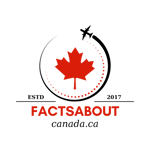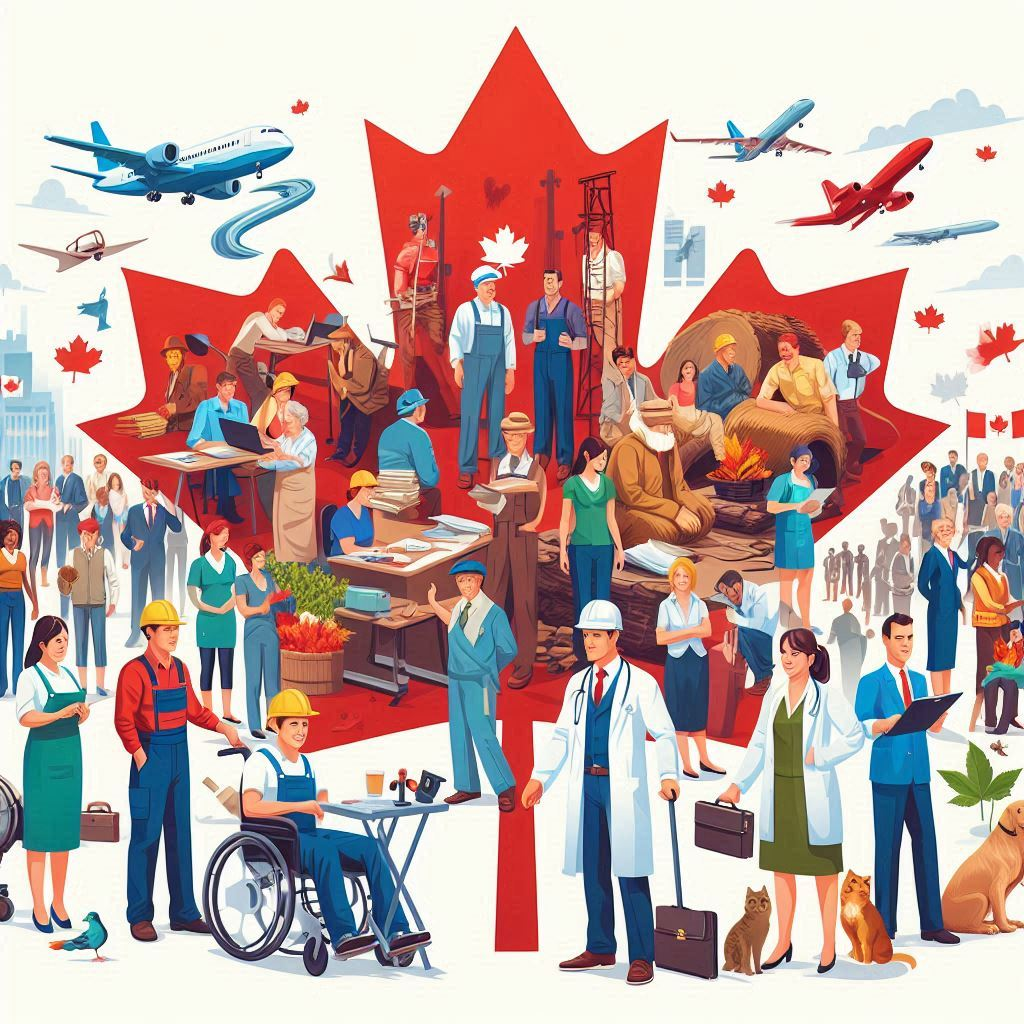The Diverse And Dynamic Canadian Economy Explained
Key Pillars & Strengths
- Resource-Rich Nation: Canada is blessed with abundant natural resources, including oil, natural gas, minerals, lumber, and agricultural products. These resources form a backbone of the economy, fueling key industries and exports.
- Developed & Diversified: Canada boasts a highly developed and diversified economy, with strong manufacturing, service, and technology sectors. This diversification helps mitigate risks and create various job opportunities.
- Trade Savvy: As an export-oriented nation, Canada has a well-established network of global trade agreements, including the United States–Mexico–Canada Agreement (USMCA) and the Comprehensive and Progressive Agreement for Trans-Pacific Partnership (CPTPP).
- Stable & Well-Regulated: Canada’s financial system is widely respected for its stability and robust regulation. This fosters confidence and investment within the economy.
- Educated Workforce: Canada has a highly educated and skilled population, supporting innovation and powering knowledge-based industries.
Regional Flavor: Economic Variations Across Canada
- East Coast Strength: Atlantic Canada relies on fishing, offshore oil resources, and a growing tech sector.
- Quebec: A diversified economy with strong manufacturing, aerospace, and pharmaceutical sectors.
- Ontario: Canada’s economic powerhouse, fueled by manufacturing, finance, and a booming tech scene.
- Prairie Power: Agriculture, energy resources (oil and gas), and a growing mining sector form the economic backbone of the prairie provinces.
- British Columbia: Diverse economy reliant on forestry, mining, film and television, and tourism.
Challenges and Opportunities
- Global Commodity Market Fluctuations: As a major resource exporter, Canada’s economy can be impacted by swings in global commodity prices.
- Regional Disparities: Economic opportunities and growth rates can vary between provinces, creating regional challenges.
- Reliance on the U.S. Market: While expanding trade globally, Canada’s economy is still closely tied to its massive southern neighbor, the United States.
- Transitioning to a Greener Economy: Shifting towards renewable energy and sustainable practices will require significant investment and adaptation.
- Competitiveness in an Innovation Economy: Staying ahead of the curve in rapidly evolving tech sectors is crucial for future growth.
Where Canada Stands Today
Canada consistently ranks among the world’s top ten economies, boasting a high standard of living and a robust social safety net. Here are some additional points to consider:
- Strong Fiscal Management: The Canadian government has a comparatively good track record of managing its finances, albeit facing the pressure of rising debt post-pandemic.
- An Immigrant-Friendly Nation: Canada actively attracts skilled immigrants from around the world, boosting its workforce and bringing in diverse perspectives.
- Work-Life Balance: Canadians enjoy a better work-life balance than many developed nations, thanks to social policies supporting families and leisure time.
The Road Ahead
The Canadian economy, like any other, will continue to face both challenges and opportunities in the years to come. Navigating the transition to a greener economy, overcoming regional disparities, and staying competitive in a global marketplace will be some of the key focuses for economic policymakers and Canadians alike.


Khalil -
Canada is in desperate need of good paying jobs. The overwhelming amount of low paying jobs is too high!
Matt -
The Canadian economy looks good on paper but the Liberals and Justin Trudeau have ruined everything. The cost of living and consumer debt is out of control in Canada.